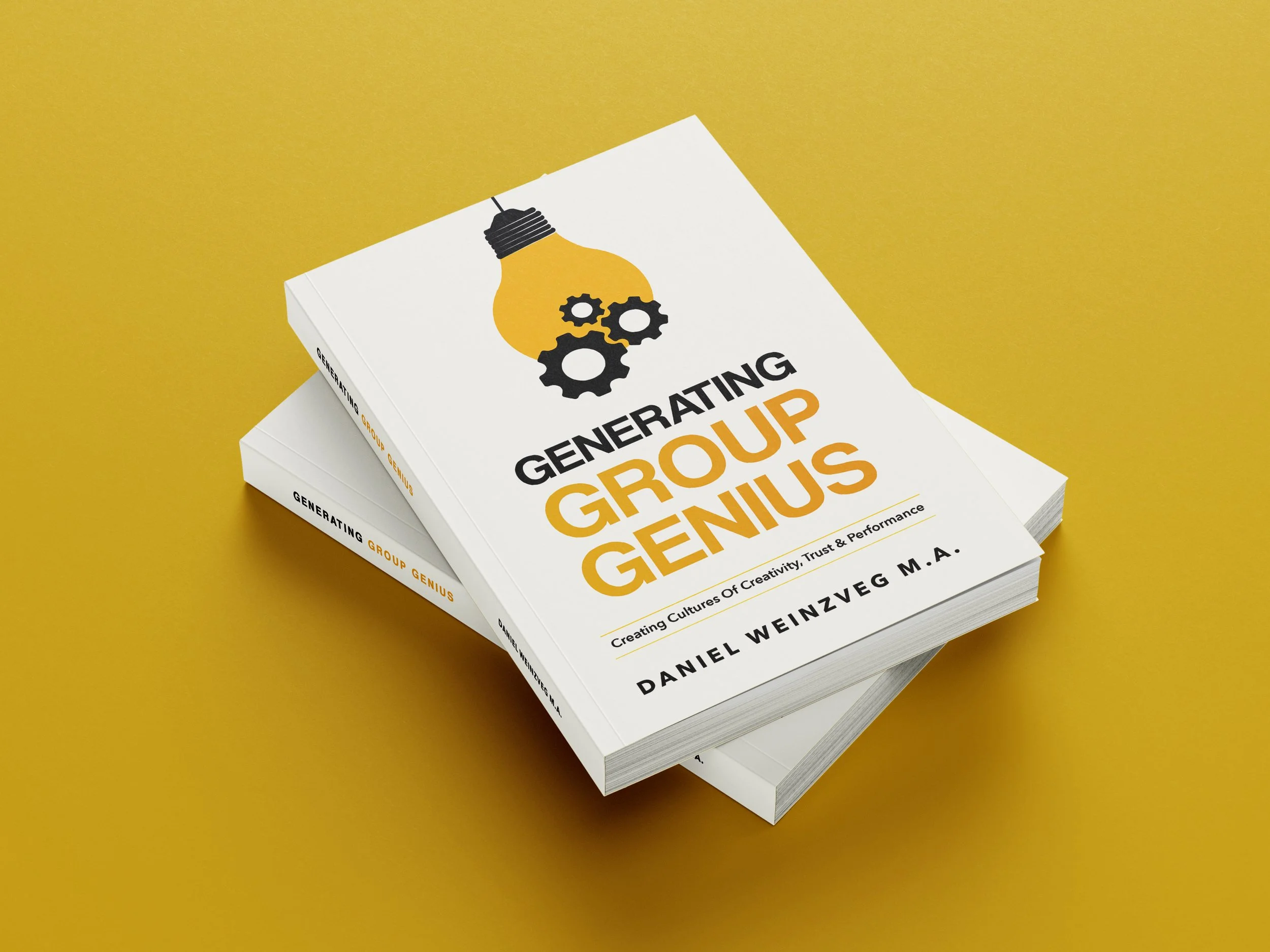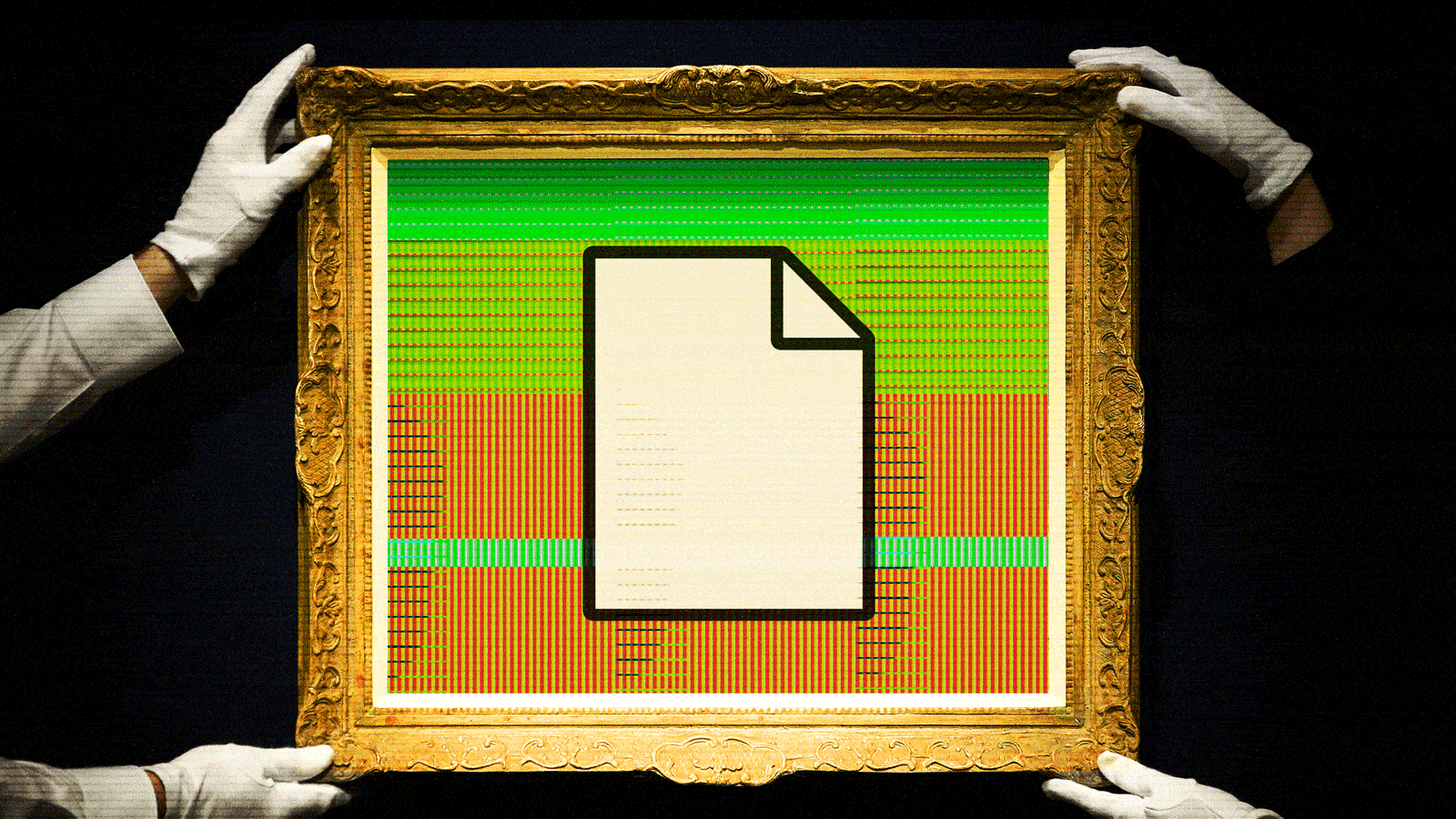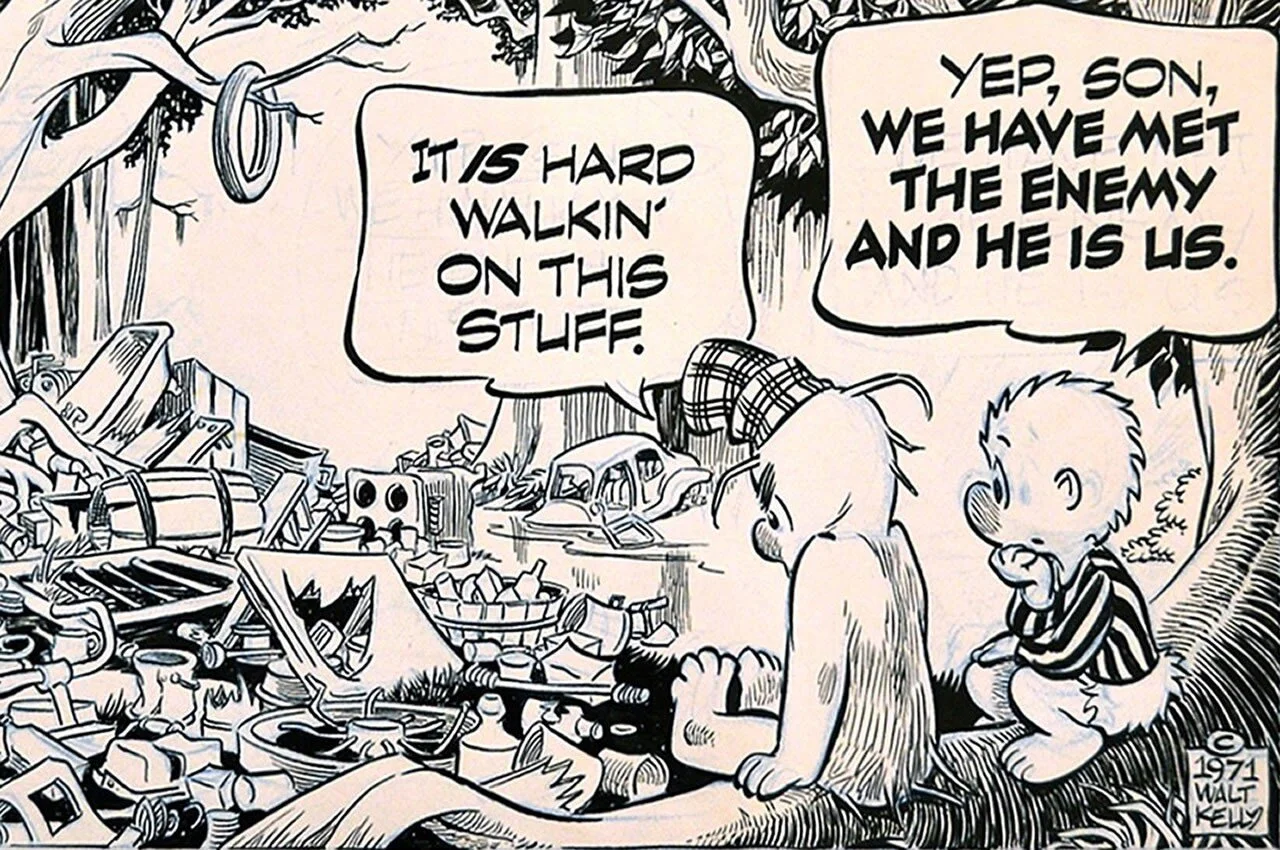Research has shown that heart coherence is associated with a wide range of physical and psychological benefits, such as lower blood pressure, bolstered immune systems, and improved cognitive performance. Additionally, heart coherence has been linked to increased feelings of empathy, compassion, and cooperation, all of which are beneficial in personal and professional settings; with self and with others.
Read MoreThe future is unclear. The present is challenging. To build whatever comes next after the chaos we’ve endured, we need to not only pursue generative practices, we must engage in regenerative practices. In the year ahead, I will be sharing more on the micro and macro practices that regenerate energy and efforts. I am excited to bring some of these powerful practices into my work, leading and sharing these techniques with my clients.
Read MoreWe have lift off! Amazon just released the paperback edition of Generating Group Genius: Co-Creating Cultures Of Creativity, Trust & Performance!
Thank you for your support along this journey - your feedback and input has been invaluable. The paperback is available below, and the eBook version should be ready later this week.
Read MoreIn the following, we explore characteristics that great facilitators embody to support groups collaborative effectively, efficiently and equitably.
Read MoreFood from different cultures tastes and looks dramatically different, yet they all tend to incorporate similar elements: fire, salt, fat, and acid. Your group convenings should be the same, using the above ingredients creatively to concoct a rich experience. A meeting in a start-up environment is going to look and feel dramatically different than a meeting of a well established environmental organization. In either case, by incorporating the basic ingredients outlined in this chapter, you can begin to ensure your organizations meeting rituals are creating the conditions by which engagement can flourish and consistent productivity be practiced.
Read MoreDuring the pandemic, the number of meetings increased dramatically, some estimates put the increase at over 200 percent. The result was less time for work. This may have been necessary during the transition to Work From Home (WFH) as increased coordination and communication was needed during this tectonic shift. More meetings meant less time for work, and all the changes that COVID/WFH brought meant increased workloads. Wait a minute, more meetings, less time to do the work and more work to do? No wonder so much burnout and stress occurred, resulting in the great talent migration of 2020 and beyond—where across all sectors we saw talent turnover of around 40 percent.
Read MoreLeaders who are intentional about why, how & when groups are convened hold powerful levers to shape the cultures they want to see in practice.
Read MoreIf we change the structure of meetings, we can create spaces where most of these habits do not have the chance to rear their ugly heads. By closing down the space for these habits to fester in the 15% of time an organization meets, we can begin changing habits and patterns of the 85% of the time spent doing the work..
Read MoreOur time is precious, and meetings - scheduling, preparing, conducting take an enormous amount of time, energy and money. By meeting too often, for too unimportant reasons, the ritual of meetings loses power, and ends up being a practice in disengagement. Consider this:
There are over 25 Million Meetings daily in the US.
15% of an organization’s collective time is spent in meetings.
Executives say 67% of meetings are failures.
Meetings are group rituals, and rituals inform group members what is valued, accepted, rewarded and expected of them through the symbolism, sequence and subtleties of the rituals. Thus, in professional settings, culture is often most visible in how the group convenes their meetings. By intentionally changing the rituals of our meetings, we begin to influence the trajectory of our cultural evolution.
Read MoreIn professional settings, meetings tend to be held in the spaces and places where patterns of being together are modeled, reinforced, and begin to reverberate. These patterns ripple out and become embedded in the group culture. Thus, meetings can be a powerful lever for shifting how work gets done at the micro and macro levels. Meetings are where we see organizations walking their talk - animating their values through their actions. While “culture” tends to be fairly intangible, often described as “the water we are swimming in,” it is In meetings one sees an organization’s actual culture most clearly.
Read MoreGenerating Group Genius is for emerging leaders in new industries, and in sectors at a crossroads. Emerging industries like Web 3, where equity-driving innovations take place at light speed, yet whose impact is inhibited by the incongruence between values and practices. Sectors such as education and ecology, where major changes are needed to address growing gaps, yet whose antiquated processes inhibit the intended impact. This book provides an entry point for leaders in traditional and emerging sectors who want to foster a healthy, nimble, thriving culture that drives and sustains world-changing work.
Read MoreSupporting groups in generating genius greater than the sum of their parts is not rocket science, it’s human science - a science far more mysterious than landing a ship on Mars. The art and science of fostering co-creative spaces for your people to collaborate authentically, and be better together, requires us to think differently about how we spend our time thinking and working in groups and organizations.
Read MoreAs the fog of the pandemic lifts, we are being called to make faster strides in more strained settings while the environments we operate in are evolving at breakneck speeds. My book focuses on supporting leaders at organizations working on some of our most pressing issues (e.g. environment, education, economy) in designing experiences that generate group genius and deep engagement among their teams. The objective of publishing this book is to share my learnings on how mission driven organization go about creating inclusive, creative and productive cultures.
Read MoreNFT is a shorthand for “Non fungible token.” Fungibility is what enables currencies to be transacted with ease. I can give you $3 and you accept it in exchange for a cup of coffee. This example shows how dollars are fungible. Fungibility is a central characteristic of a currency. And, many things have value that are not currencies.
Unlike currencies, Non-fungible tokens contain unique data that make each NFT non-interchangeable with another NFT. For example, let's look at a house. No two houses are the same: they have different layouts, sizes, exteriors, updates, etc. Even if two homes are identical in build, they sit on different ground. In the same way, no two NFTs are the same, even ones that are in a series because each one is individually and uniquely identified. The non-fungible nature of these unique tokens means they can be used in ways the currencies we’ve come to love cannot be used.
Read MoreIn times of rapid change, organizational learning and development support must look different. In such dynamic environments, static training, “best-practice” interventions, and “expert” advising are not moving the needle - neither individually nor organizationally.
Read More“They” can’t be all wrong. “We” can’t be all right. If history tells us anything, it is that humans are terrible prognosticators and deciders. Thus, it is highly likely that the beliefs we hold dear; the strategies we cling to; the futures we see, etc., are at least 50% wrong - on a good day.What if you are part of the problem? What if those you are battling are part of the solution?
Read MoreOur species is amazingly resilient. Our planet is a self-healing organism. We will get through this current crisis. In the meantime, we have important work to do - and we would be remiss to not take advantage of this Great Pause to lean into the important conversations about how we want the next 100 years to look, instead of figuring out how to restart the dysfunctional and disenfranchising “normal” of yesterday.
Read MoreNow that most of us are bound by our patriotic duty to work remotely, and meet virtually, it’s time to create some effective virtual habits when it comes to the safer, more sanitized version of “in-person" meetings: video calls.
Read More




















